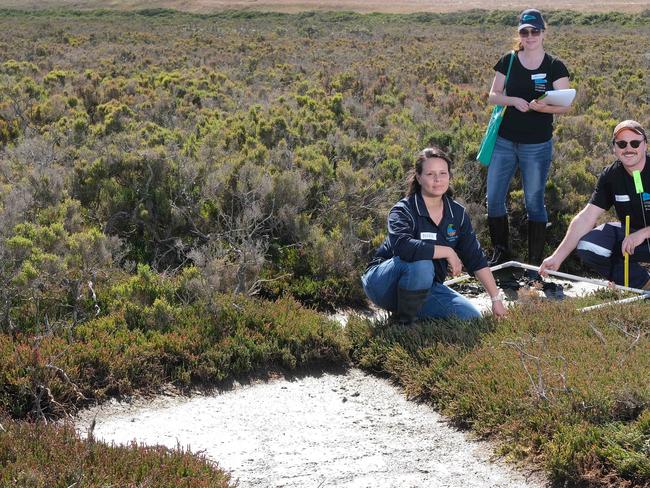
Growth strategies pinned to ESG mast
The ports are putting an increased focus on environment, social and governance initiatives as they seek continued community, government and investors’ support to operate and expand.

The ports are putting an increased focus on environment, social and governance initiatives as they seek continued community, government and investors’ support to operate and expand.
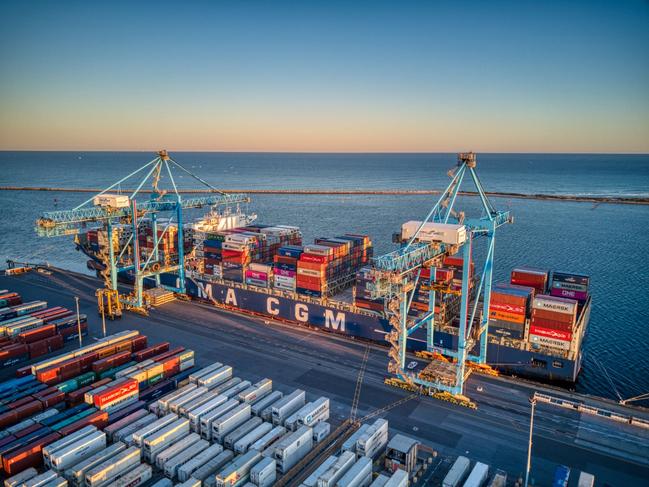
Recent freight numbers have served up a reality check for the sector, suggesting supply-chain volatility will take longer to unwind than initially hoped.
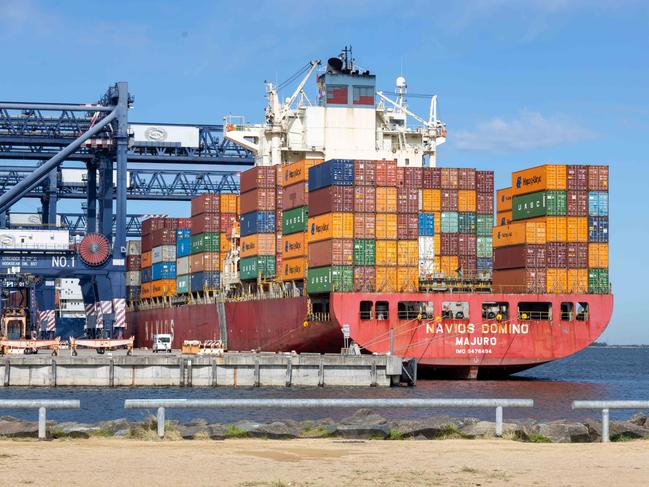
Global shipping disruptions during Covid-19 have elevated public awareness of ports – with ‘supply chains’ now in vogue as a topic. Yet ports are but one part of the chain.
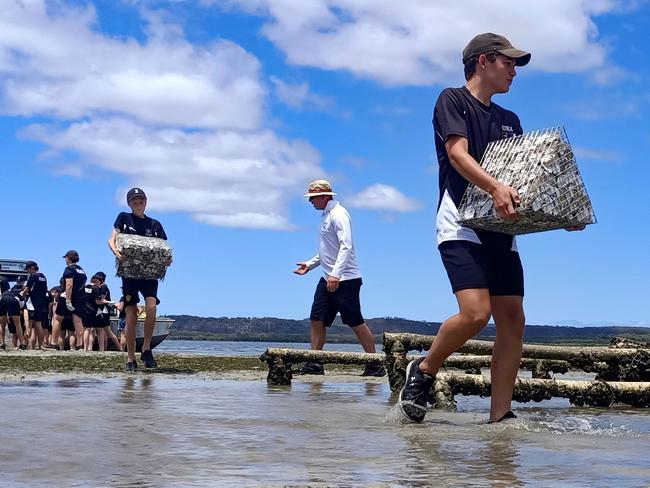
The Port of Brisbane’s project to reduce stormwater runoff in the Lockyer Valley, 100km west, is an example of how ports engage with the public.
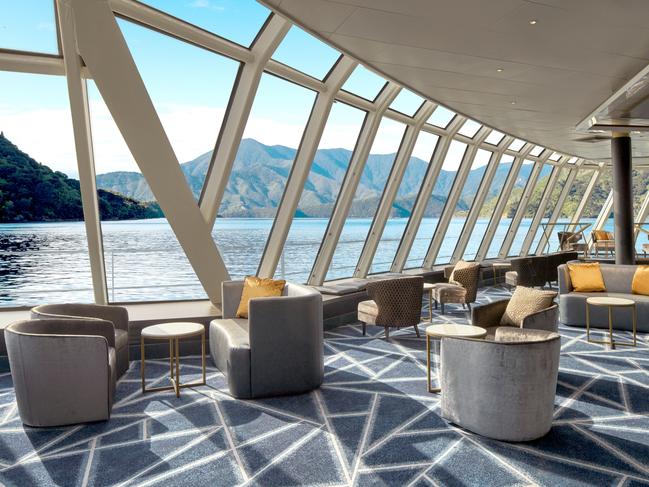
The $5bn local cruise industry is on track to return to its pre-Covid heights by the end of next year, welcoming more than 46 cruise ships this summer alone.
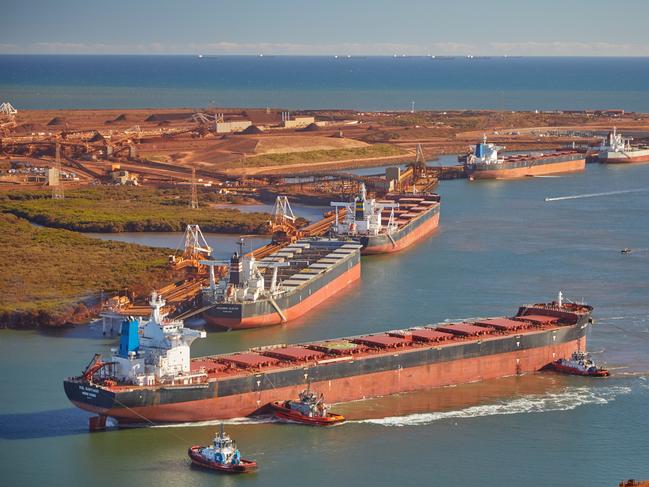
Ports are investigating upgrades to support Australia’s clean energy future through green hydrogen and renewable generation.
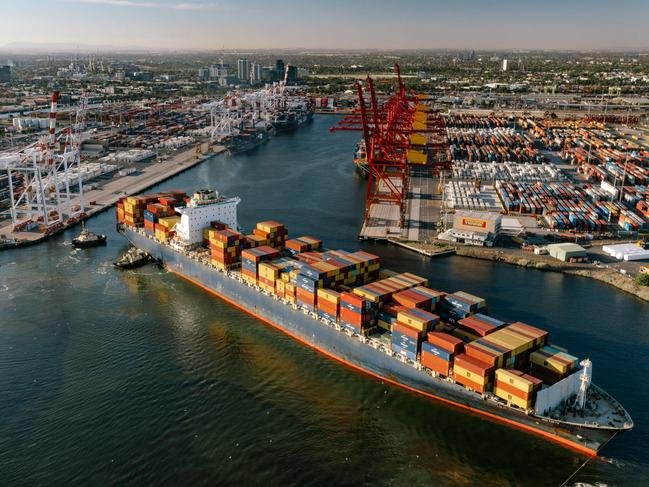
The Albanese government has indicated a review of the Inland Rail megaproject is imminent, amid moves from port authorities for better rail and road linkages.
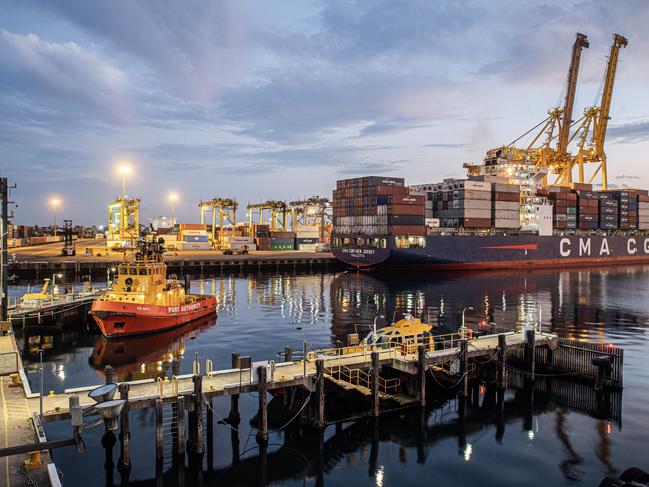
Australian cargo ports have been remarkably successful in ensuring they do not introduce Covid-19 into the community from foreign ships and crew.
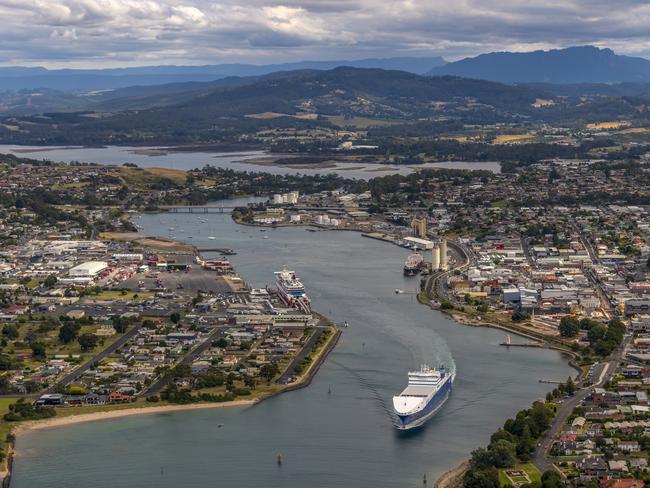
The pandemic might have caused a perfect storm for global trade. But for an island state economy, within a larger island national economy, it loomed as an even bigger set of challenges for Tasmania.
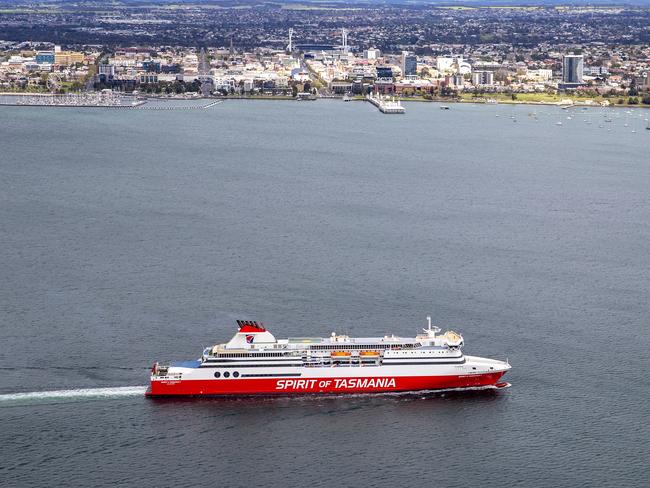
As we respond to the challenges of climate change and the recovery of the Australian economy, ports will need to play an important leadership role in shaping and transforming Australia’s supply chains.
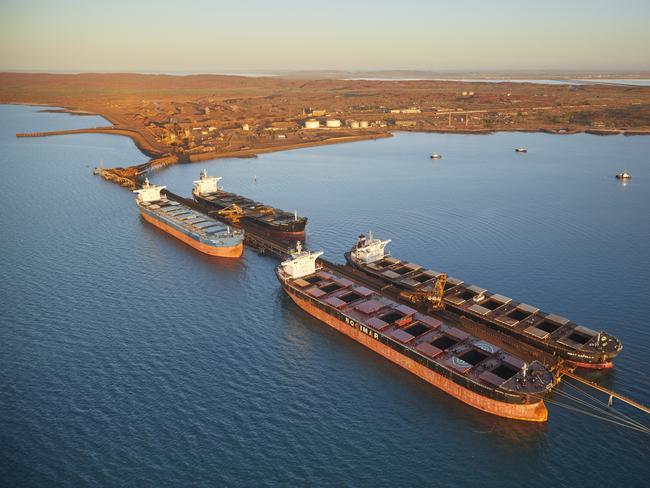
The Port of Pilbara has set another world record for throughput for a bulk expert port authority.
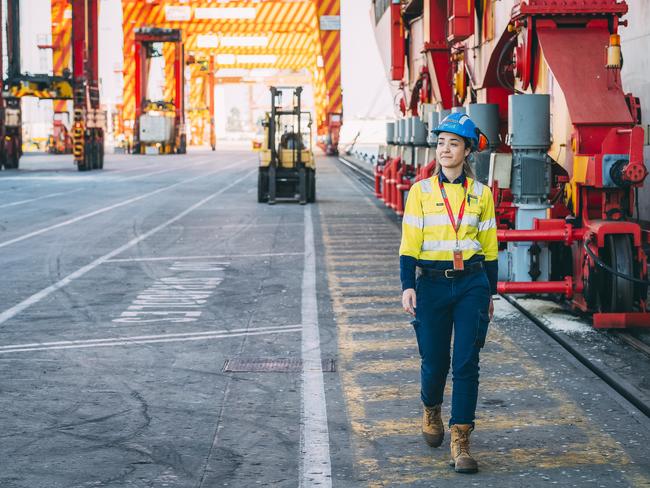
Social change can be a powerful force, particularly when you are sitting on the wrong side of it.
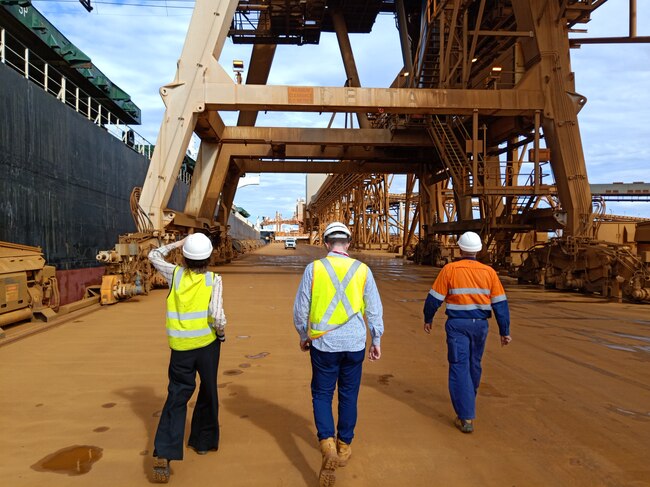
Fluctuating lockdowns maintain their oppressive grip on Australians across the country, however, light is appearing at the end of the tunnel with vaccination rates rising rapidly.
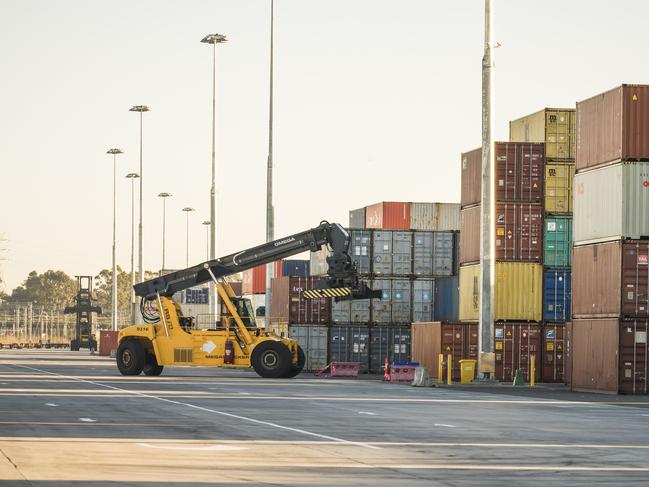
While the world continues to work towards finding a new Covid normal, Australia’s ports and port supply chains have remained resilient, operating 24/7 to service businesses and the community.
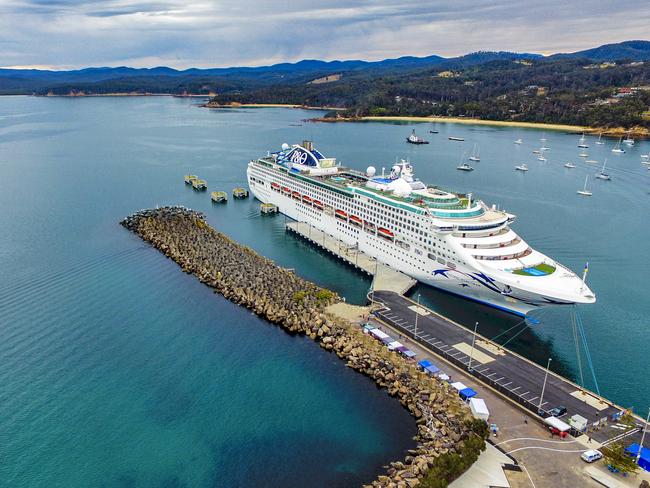
It was the year of living without cruise ships for Australia’s ports, but time was not wasted in 2020-21 in anticipation of the laid-up liners’ return, even as the whole cruising industry, including port services, forcibly forwent several billion dollars in income.
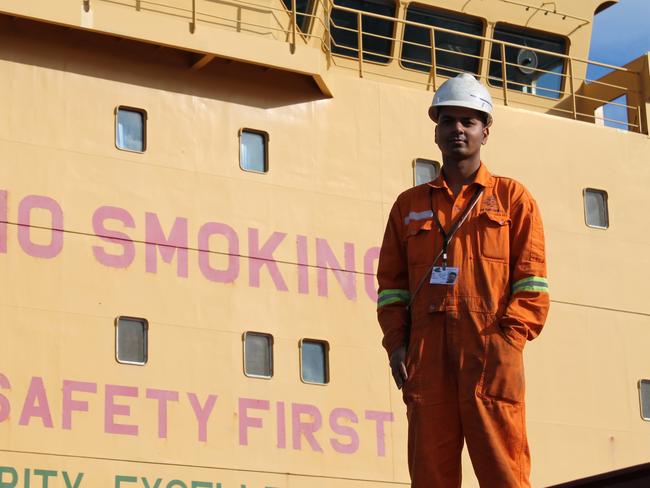
The world’s increased reliance on shipping, coupled with the transmissibility of Covid-19, has had dire consequences for seafarers. It’s time they get recognition and support for essential services they provide now and into the future.
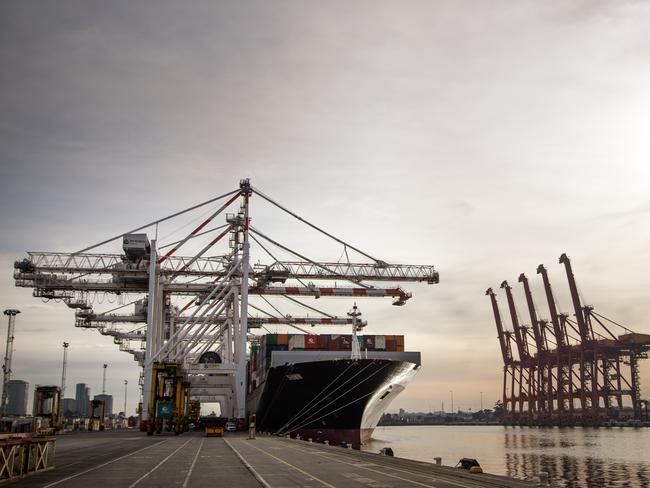
Australian ports are looking to tap into the power of data via the National Freight Data Hub, to gain greater visibility regarding where freight is and how to move it more efficiently around the country.
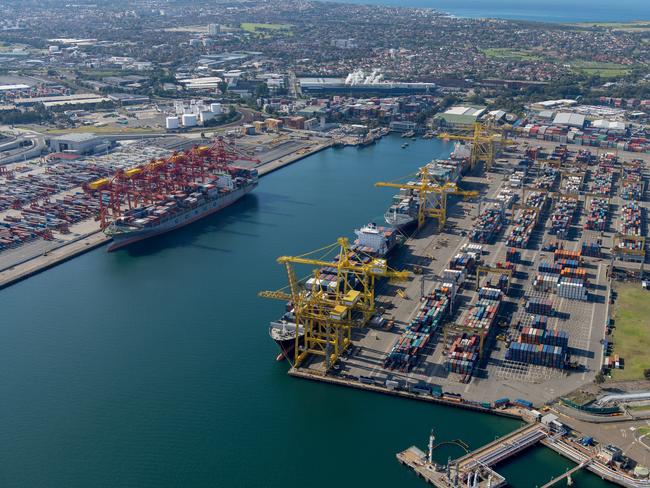
Planning must protect port access corridors, as cargo volumes are tipped to rise.
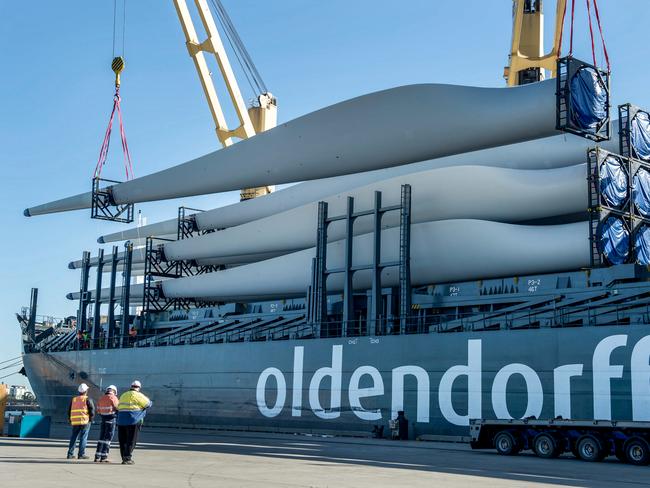
Ports, stevedores and those along the freight supply chain continue to develop a range of technologies to speed up and optimise their processes.
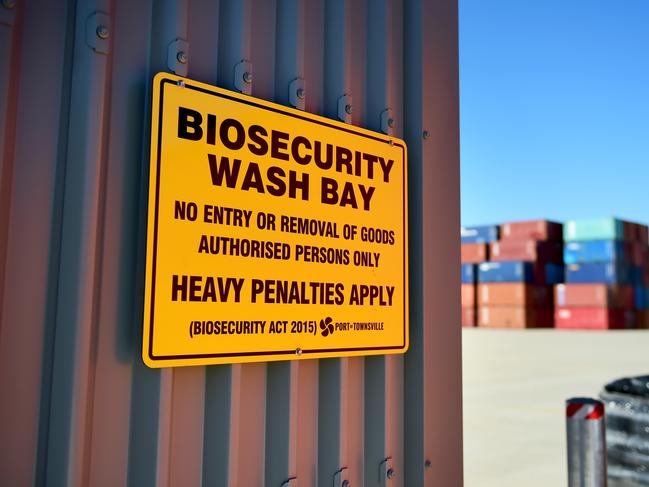
Biosecurity is a crucial consideration for our ports.
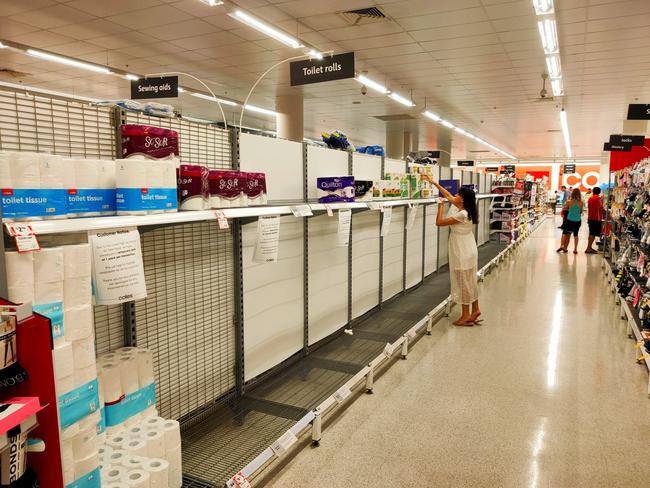
This past year we’ve witnessed what panic does to public confidence in times of crisis, no matter how strong a supply chain is.
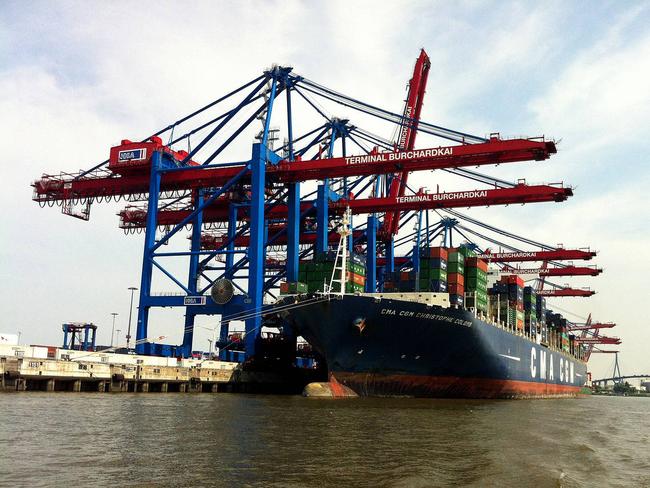
Innovation is the key to navigating the uncertain waters of international ports and logistics in the post-COVID world.
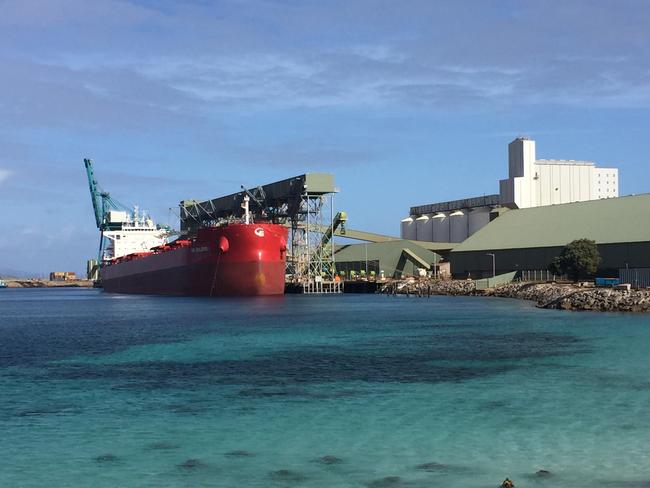
As the custodians of three gateways that connect WA to world markets, Southern Ports takes their responsibility as corporate citizens seriously.
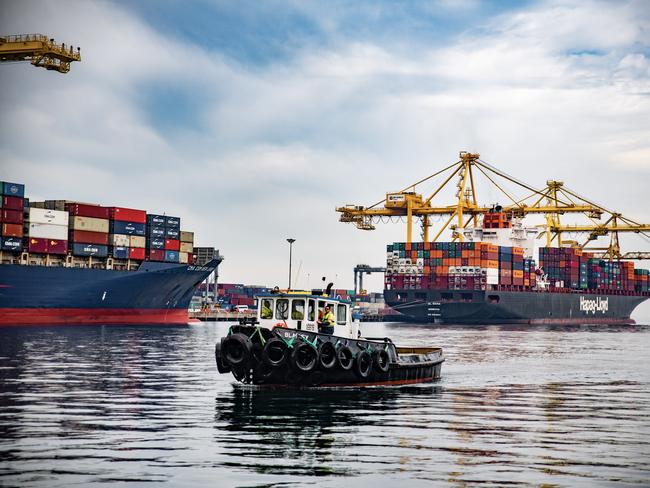
The efficiency level of Australia’s ports will be crucial as we emerge from the COVID-19 recession.

Ports Australia is looking to build a sustainable regional relationship with our neighbours in the Pacific.
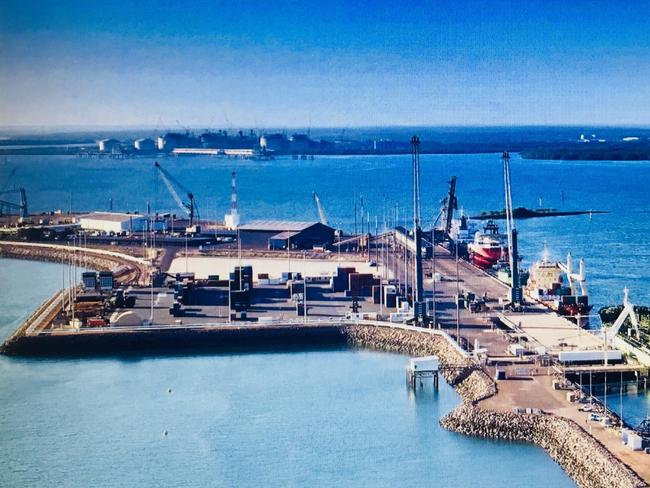
A commercial deep-sea port at Glyde Point has been mooted for more than two decades.
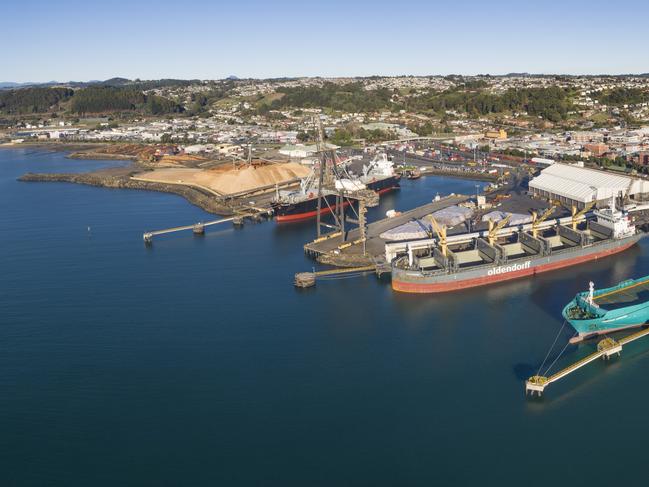
Ports are central to Tasmania’s way of life and economy.
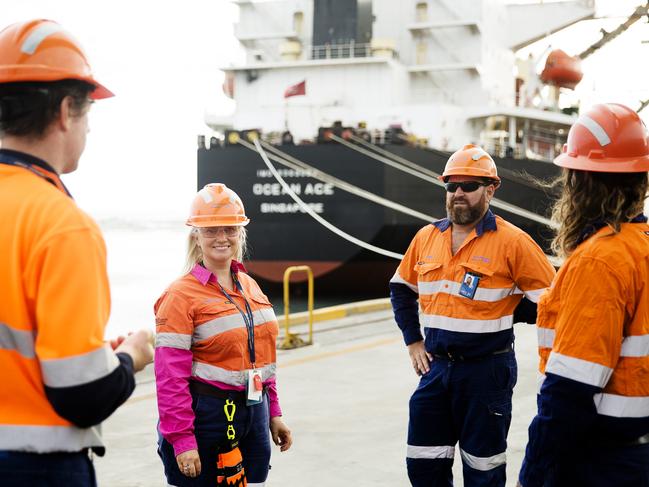
Industry leaders hope to engage a greater cross-section of jobseekers into the maritime industry workforce.
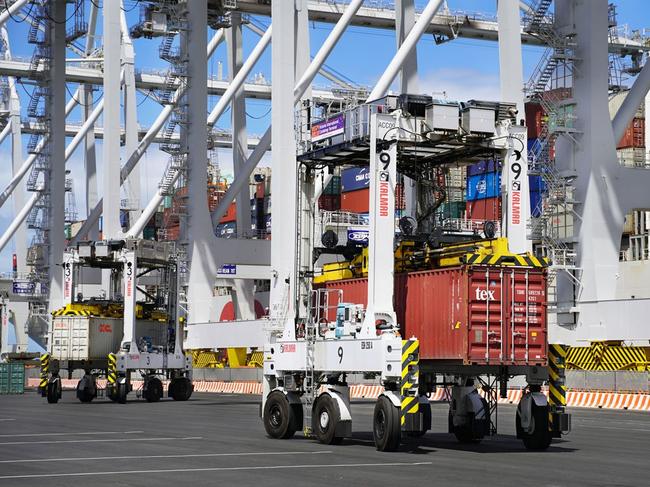
A quite revoluion as Australia’s first fully automated international containers arrive at Webb Dock East in the Port of Melbourne.
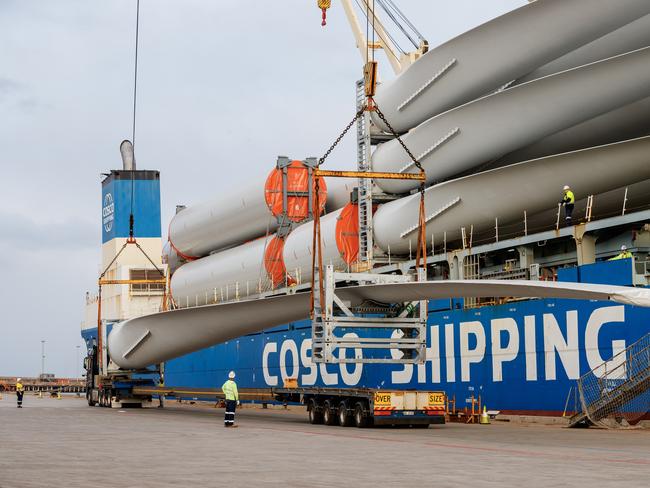
NSW’s key trade gateways have remained open and operating during the pandemic.
Original URL: https://www.theaustralian.com.au/special-reports/ports-australia